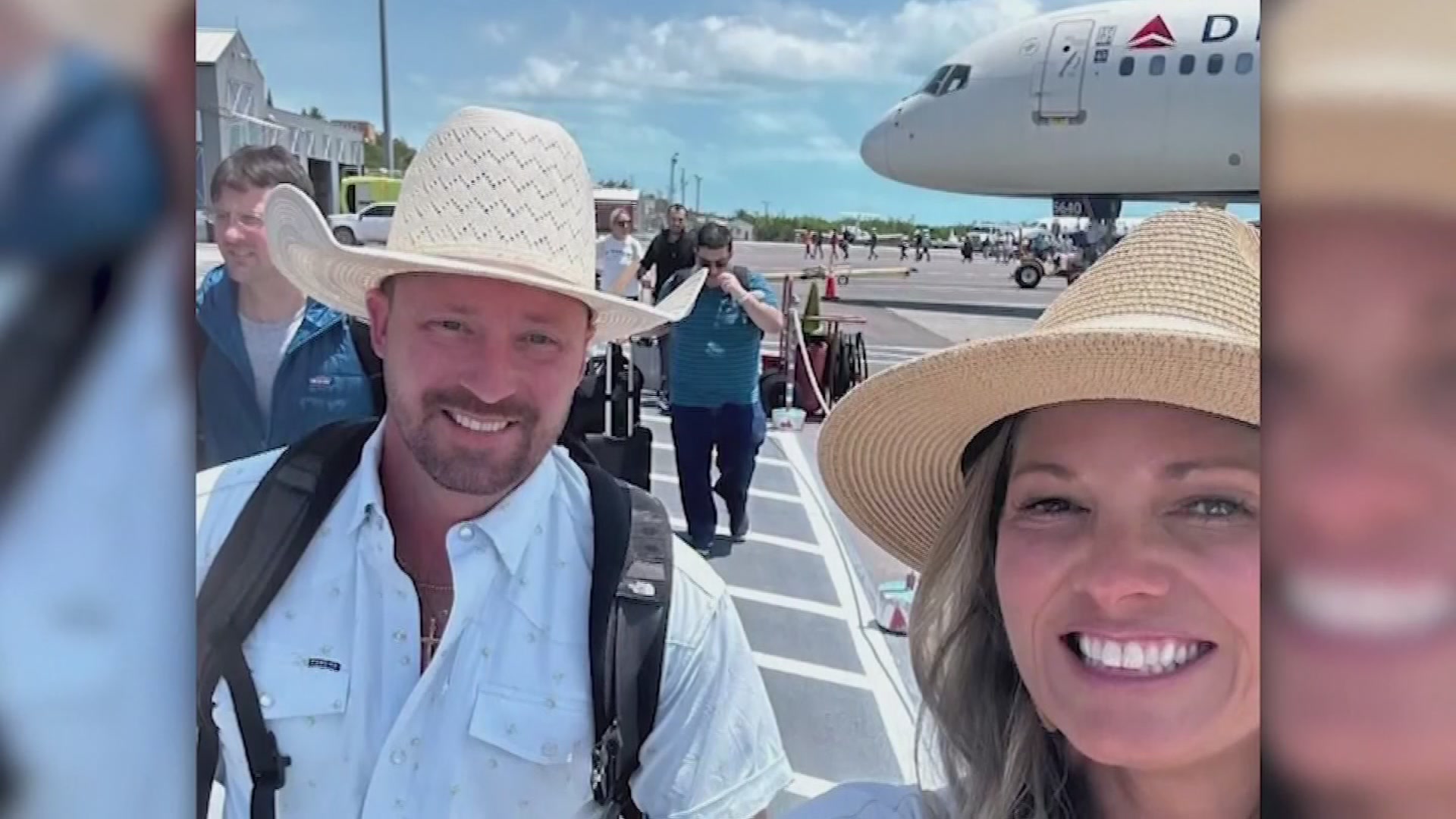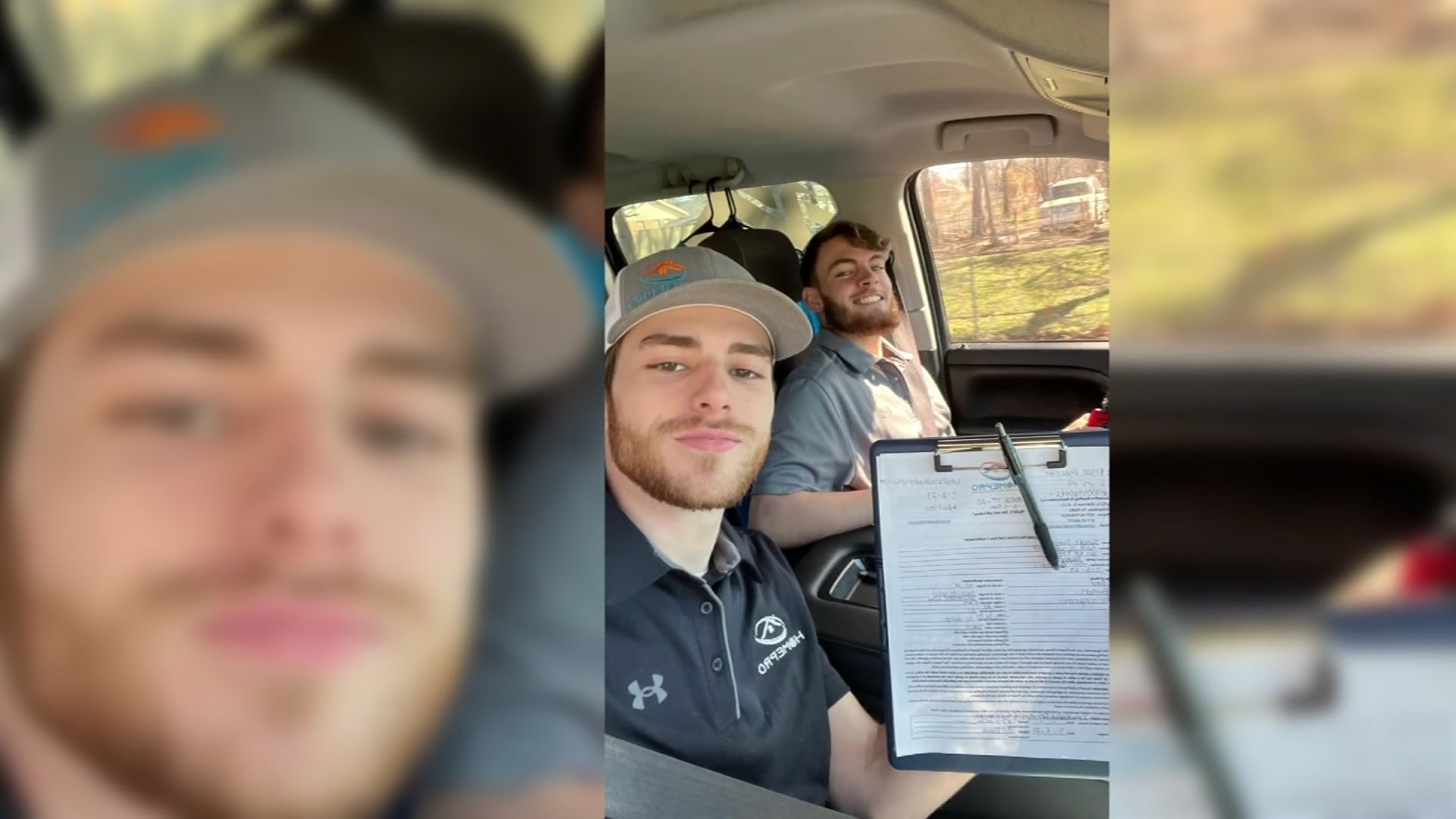An NBC 5 investigation finds Dallas-Fort Worth International Airport reports more cases of airplanes hitting wildlife than almost any other airport in the country. DFW reported 323 wildlife strikes last year - nearly one incident per day. Only Denver International Airport reported more in 2012.
But among the five busiest airports in the United States, DFW is the only one where the number of strikes reported has come down in recent years. An NBC 5 analysis of data from the Federal Aviation Administration shows DFW saw a 4 percent drop in strikes reported since 2009.
Meanwhile, across the country, the number of reported bird strikes has increased the since Jan. 9, 2009, when a bird strike forced US Airways flight 1549 to make an emergency landing in in the Hudson River about five minutes after departing LaGuardia Airport in New York City.
Since 2009, the FAA data shows a significant increase in reports of planes hitting birds and other wildlife at some of the nation’s busiest airport. Reports of wildlife strikes are up 45 percent at Atlanta Hartsfield International, up 47 percent at Chicago O’Hare and up 59 percent at Los Angeles International Airport.
But behind those numbers is a voluntary FAA reporting system that leaves open questions about how many strikes go unreported.
In 2012, a Department of Transportation Inspector General’s audit found many bird strikes airports knew about were never reported to the FAA. At one airport visited by inspectors, only 11 percent of bird strikes recorded in airport logs had been reported to the FAA.
For passengers and pilots alike, bird strikes can turn a routine flight into a heart-pounding experience.
Local
The latest news from around North Texas.
“I'm an experienced flyer, 3 million miles. I had never been this terrified,” said grant Cardone, who was on board a 757 that hit a flock of birds after takeoff in New York City nearly two years ago. The strike knocked out the right engine.
The pilot made a safe emergency landing but grinding noises came from the engine and the plane suddenly rolled to one side Cardone feared the plane could go down.
Birds can frighten even the most experienced pilots.
“It just crushed the nose of the airplane,” said Jennifer Ewald, an airline pilot who hit a seagull during a flight in Philadelphia in 2012.
The collision turned the plane’s nose inside out and Ewald had to duck under the controls of her jet, fearing a seagull would come through the windshield.
“We deal with near-misses almost every day. You have birds around airplanes every day,” said Ewald, though she wonders if more could be done to eliminate strikes.
“As pilots, we would like to see more measures put in place to get those birds out of the flight path,” said Ewald
DFW Airport has an entire staff that’s dedicated to reducing strikes.
“We will constantly look for wildlife and disperse it as needed,” said DFW's fulltime wildlife biologist, Cathy Boyles. “And lives have been lost due to wildlife strikes, so we take it very seriously.”
Boyles collects bird remains, and even works with airlines to pick up every single feather they can find in engines and on wings, and ships them to the Smithsonian in Washington where experts identify them to help figure out which types of birds to focus on.
“We know now that if we know the behaviors of birds and we know what they like to do, and when they like to be there, that we actually can do something to prevent this from happening,” said Carla Dove, of the Smithsonian Institute.
At DFW Airport they mow the grass short to keep birds from feeding and use pyrotechnics and falcons to keep birds away.
They're even testing bird radar with the FAA.
Boyles said the biggest challenge they face is that things are always changing.
DFW has more tools than smaller Dallas Love Field Airport, where NBC 5 Investigates recently found flocks of pigeons on the landing lights and huge groups of ducks sitting under the flight path at Bachman Lake.
After a recent inspection by the FAA, which occurs most every year, Love Field was ordered to take immediate action to remove troublesome birds.
Wildlife biologist Nick Carter is a consultant that has worked with airports all over the world to reduce bird strikes.
He said the FAA often tells airports to do something about the birds, but then doesn't come back and check for compliance.
“If you knew what I knew, you'd probably be scared to fly a lot more than you are right now,” said Carter.
In 2012, the FAA's inspector general found that, "…27 of 35 airports did not comply with at least 1 or more requirements for their (wildlife) assessments and plans. Yet FAA’s inspection documentation indicated that the airports were compliant…"
Carter said the threat cannot be overlooked.
“One day it will cause a plane to crash and kill everyone on board. The incident in the Hudson River was the canary in the mine so to speak. It's going to happen again,” said Carter.
The FAA said even though more strikes are reported today, fewer of them cause damage compared to 10 years ago.
In a written statement to NBC 5 Investigates, the FAA stated, "While no plan can eliminate all strikes the mitigation efforts at airports have caused a significant decrease in damaging strikes on airport property nationally.
An FAA report released in the summer of 2012 agrees that much more work needs to be done to eliminate strikes. A 2009 FAA study found less than half of all bird strikes are actually reported. So, while the number of reports is on the rise, it still may not show how often birds are really threatening planes.



